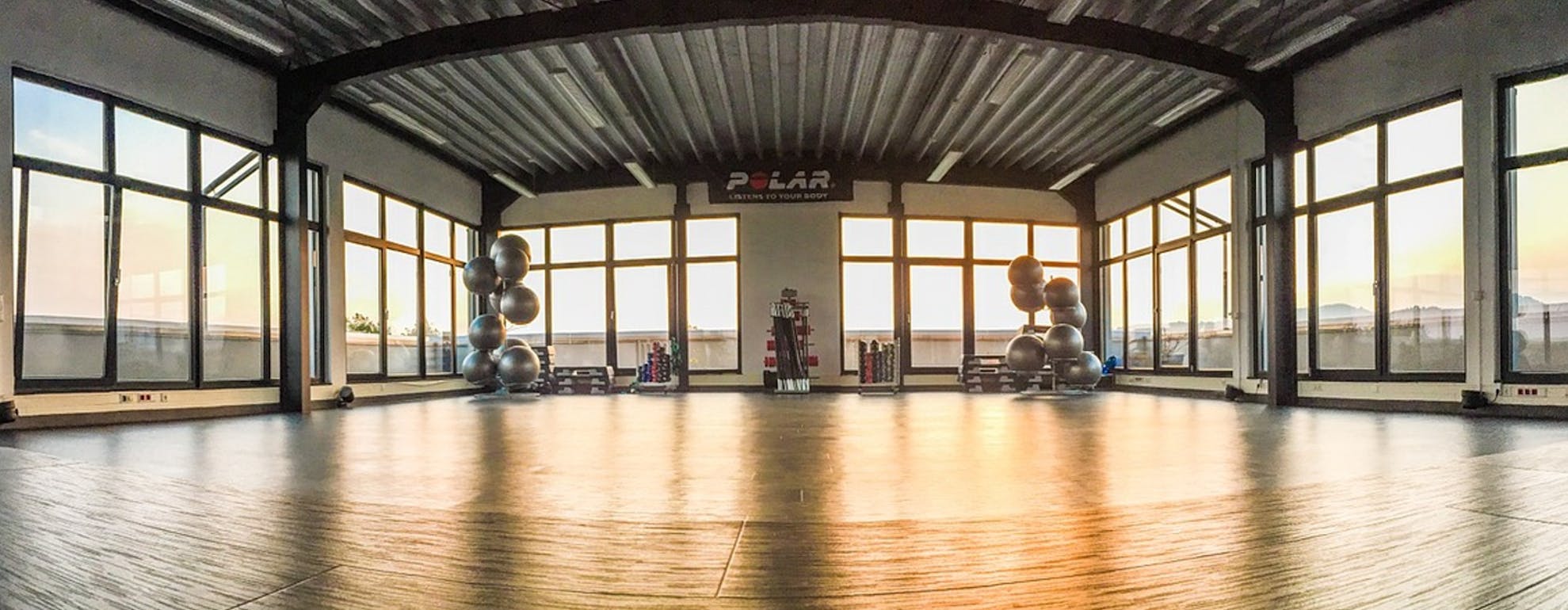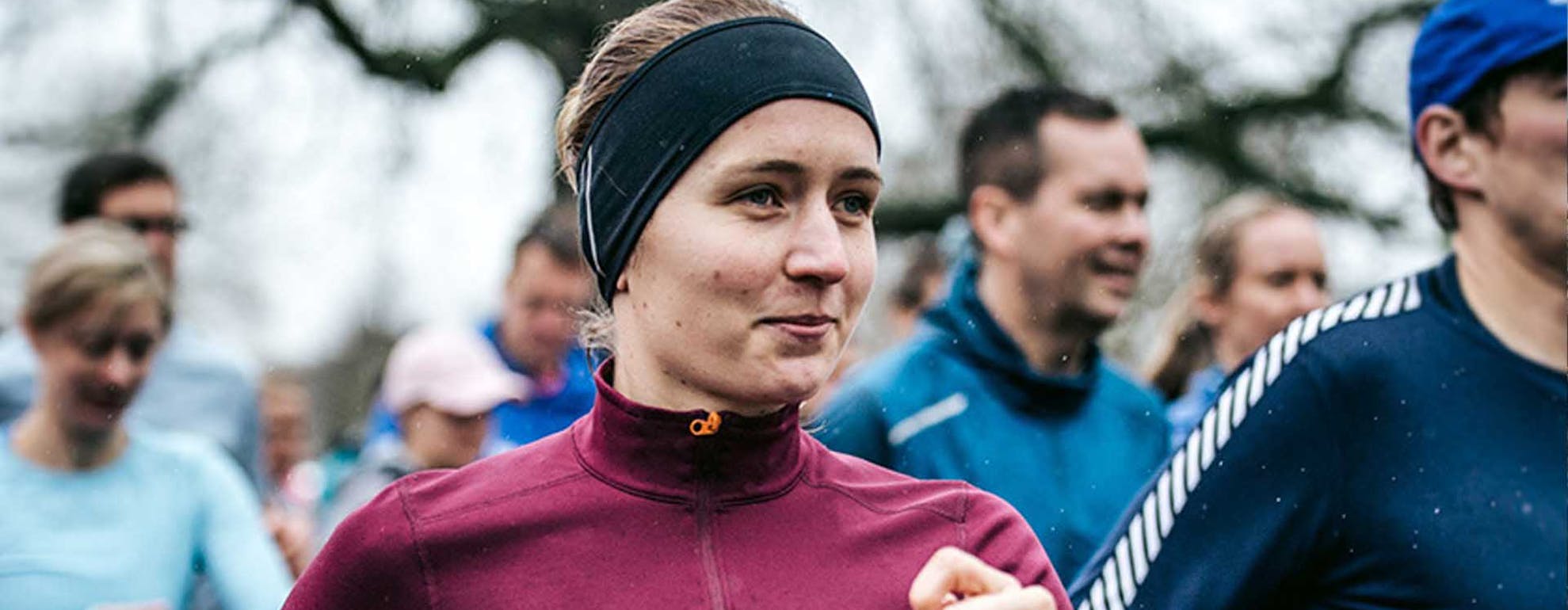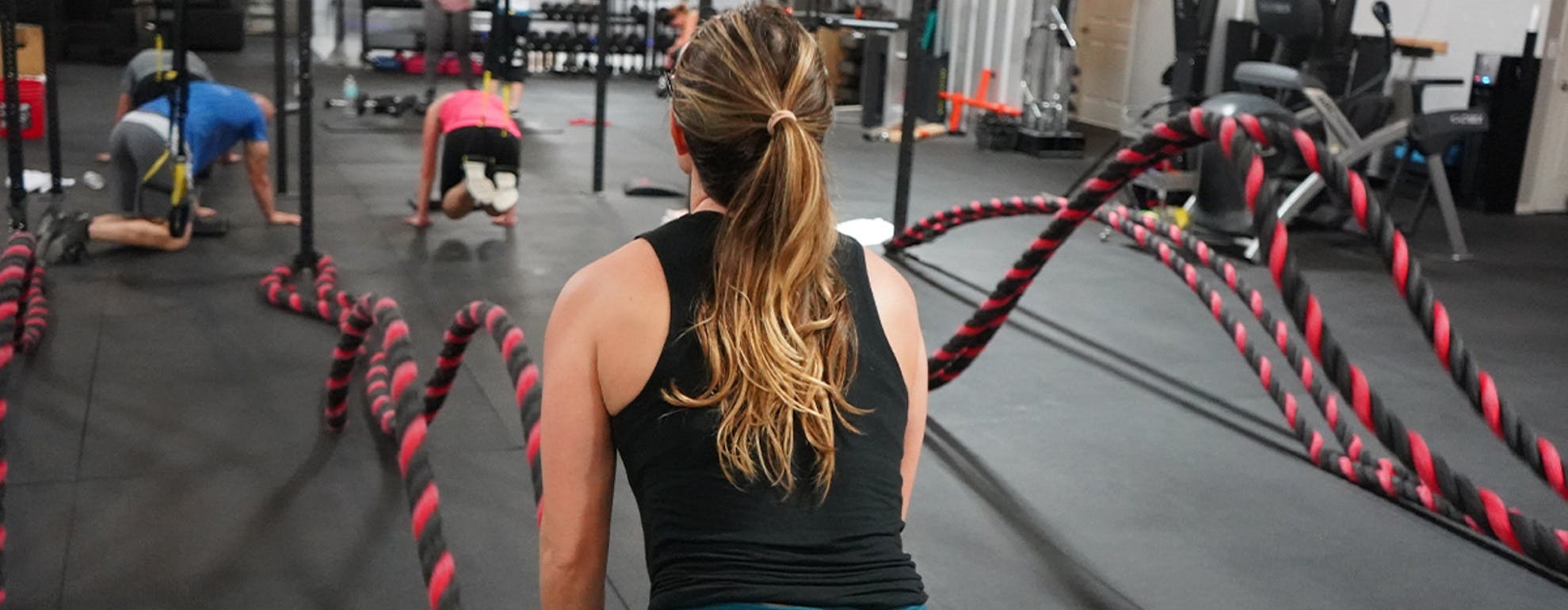
Shredding for Females | Training Guide
WHAT IS SHREDDING?
“Shredding” is the processing of dropping body fat to extremely low levels, usually within a time period of around 8-12 weeks. It’s a process that is often utilised by bodybuilders, but regular gym goers can go through ‘shredding’ phases in preparation for holidays or other big events. Shredding is both mentally and physically tough and requires 100% commitment.
Shredding is effectively all about becoming very lean; getting rid of those last really stubborn bits of fat we carry around our abdomen and hips. Women, in particular, may spend hours in the gym on the ellipticals without really changing their body shape, something that can be both frustrating and a complete waste of time.
A female who is serious about getting shredded will be aiming to drop her body fat to around 10-13% of her total body percentage; it takes serious dedication and it will affect all areas of your life. Be prepared for your social life to take a massive hit; social drinks and indulgent dinners are generally ruled out because of serious calorie control, and training has to be prioritised over playtime.
The key to “getting shredded” is to start lifting weights (and not just any weights but heavyweights) and using HIIT as a more effective form of cardio, rather than hours of ‘steady state’ exercise. Most importantly, shredding is all about getting your nutrition on point.
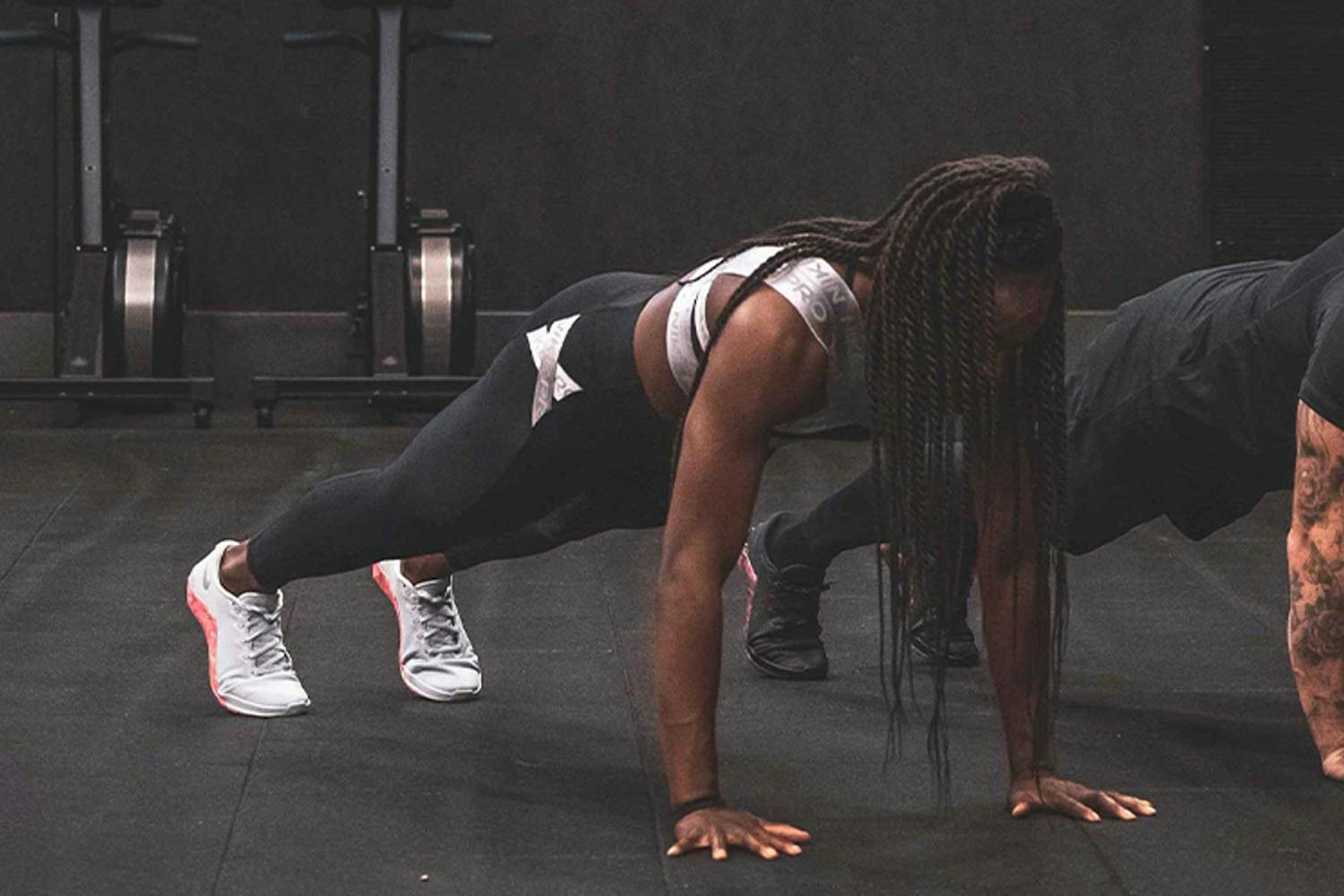
WHY YOU WOULD WANT TO GET SHREDDED?
Mainly people want to “shred” to look good! It’s a huge confidence booster.
Getting “shredded” isn’t about starving yourself however, it’s about eating the right amount of the right foods, whilst working hard to maintain a healthy body and increasing your own mindset. Excess fat comes with a whole host of problems, diabetes, heart disease, and poor confidence to name a few. Working out correctly and eating well promotes mental well-being, decreases body fat, improves posture, and increases bone density and strength; the benefits are endless.
Shredding allows you to take control of your body and start putting thought into what you’re actually consuming daily, as well as developing awareness of your own appetite. You can check out our shredding diet tips and nutrition guide for more information on how to shape your diet.
For the regular gym-goer, shredding is a fab way to get a bit leaner before a holiday, or maybe a wedding, but some women may use shredding as preparation before a bodybuilding competition.

TIPS FOR WOMEN ON GETTING STARTED WITH SHREDDING?
The first thing you should do to prepare yourself for shredding is to find out your body fat percentage and record it with the rest of your other stats so you have got a benchmark starting point. Before and after photos are always a good idea too.
Now get lifting! If you’re new to this, hire a personal trainer. The money you invest in a (good) trainer will pay back tenfold by increasing your confidence, teaching you techniques, and offering the support you might need throughout. As females, we’re taught that weights/resistance training will make us bulky, the simple truth is that we just don’t have the hormonal support in our bodies (testosterone) to stack on muscle mass the way males do. All resistance training will do is increase your lean muscle mass, which is awesome, because this means you’ll be burning more calories, and your body will start to change shape, losing inches round the waist and hips.
Most importantly plan your sessions in advance, and have a set training programme instead of wandering aimlessly from machine to machine. Monitor your body fat percentage and, if you’re following the right nutritional advice and working hard in the gym, this should start decreasing.
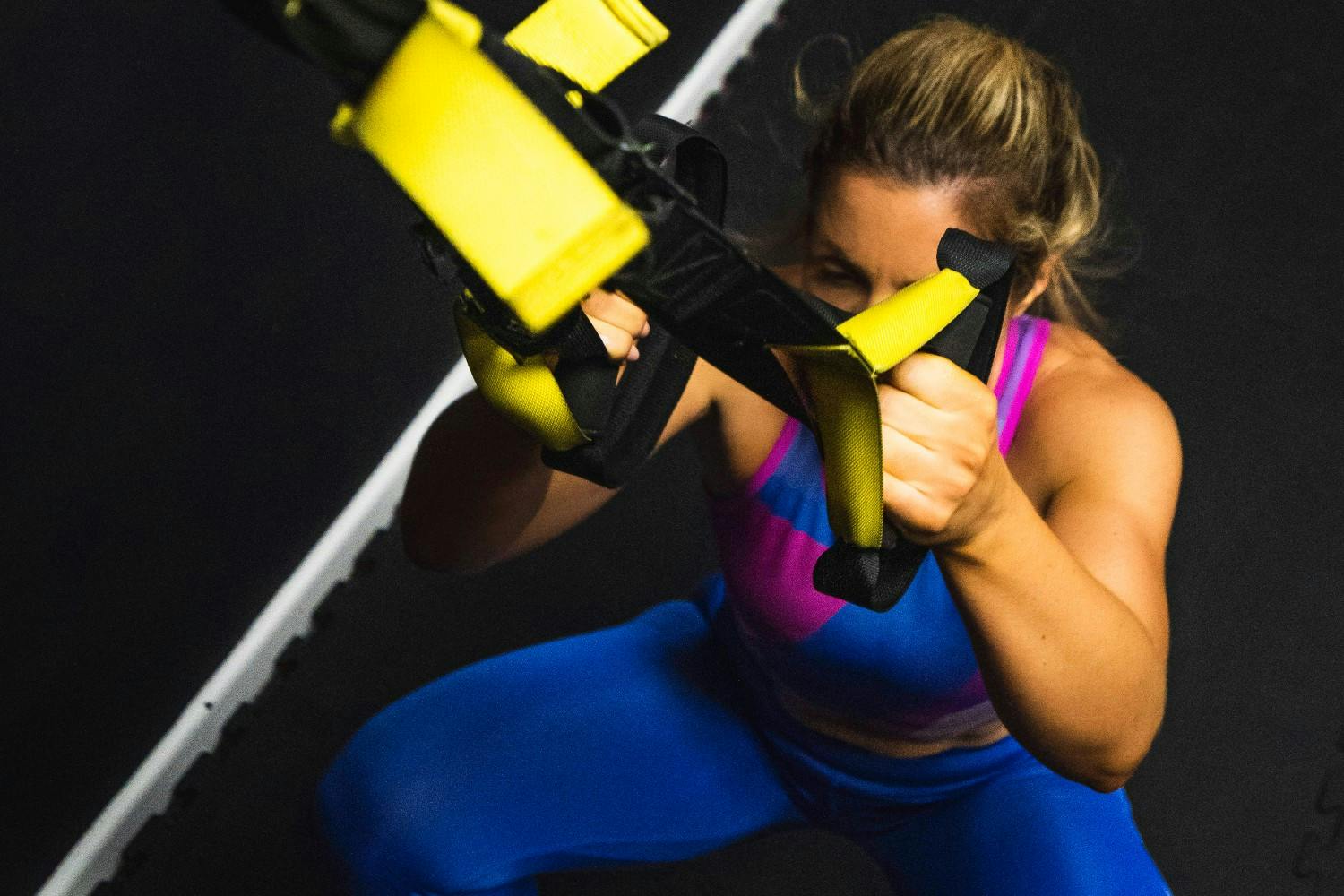
WHAT ARE THE RISKS OF SHREDDING? WHAT DO YOU NEED TO BE AWARE OF?
● Warming up: Warming up properly is key! Without preparing your body for exercise your body will be much more prone to injury. I would recommend that you warm up by jumping on a piece of cardio equipment for five minutes of light exercise, gradually increasing intensity. Then mobilise your body paying particular attention to lightly activating the main muscles you’ll be using in your workout. Massaging out your muscles, or doing self-myofascial release techniques, with a foam roller, is also a good idea for your warm-up.
● Avoid injuries with strong technique: If you begin to train hard, but your technique is not quite right, there is a high chance you could injure yourself. Don’t lose your technique as you tire, the last rep should be looking as fine as the first one.
● Cooldown: Without cooling down your body won’t recover properly and you’ll put yourself at risk of injury again. You’ll also increase your chances of having sore muscles, make sure you stretch out.
● Body changes: Lastly, as females, we need to be aware of hormonal imbalance. Dropping body fat too low can have adverse effects on our system such as stopping periods, or making them painful.
● Mental wellbeing: If you have struggled with food issues and/or your body image, shredding isn't the best route for you. It can be easy to obsess over shredding so it’s really important to ensure it’s done correctly, with help from a personal trainer to make sure it doesn’t become unhealthy for you mentally or physically. If you have any doubt that shredding may cause underlying issues to take hold, then we suggest you avoid it as a workout regime.

WHAT ARE THE BEST EXERCISES FOR SHREDDING?
Exercises that focus on compound movements are key, as are the ones that recruit the largest amount of muscle fibres.
Examples of these are:
● Squats
● Deadlifts
● Bench press
● Pull-ups
● Dips
● Lunges
These moves should be central to your programme, supported by supporting isolation movements. These supporting movements will need to be tailored to your individual body needs and are dependent on what your weakest areas are.
Follow with around 20 minutes of HIIT (High-Intensity Interval Training), or incorporate 20 minutes of steady-state exercise into your session. Our training hub has plenty of examples for HIIT workouts, like this low-impact HIIT workout from Olympic medalist netball player, Nat Panagary.
Advice provided by Louisa Thomas, Personal Trainer with DS Fitness Brighton
Looking for some training tips and advice? Then head over to our Training category where our athletes and experts explain everything you need to know.
Welcome
Welcome to the SportsShoes Training Hub! We’ve teamed up with athletes and experts to bring you the very best advice on how to maximise your workouts and achieve your best results.
Read More
Share this
Featured Articles
View All


